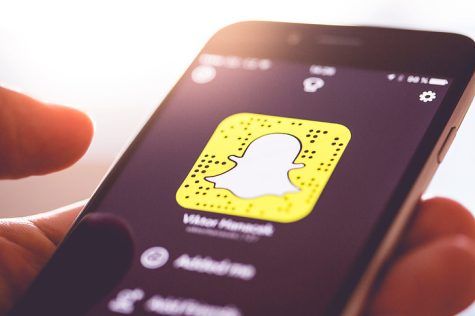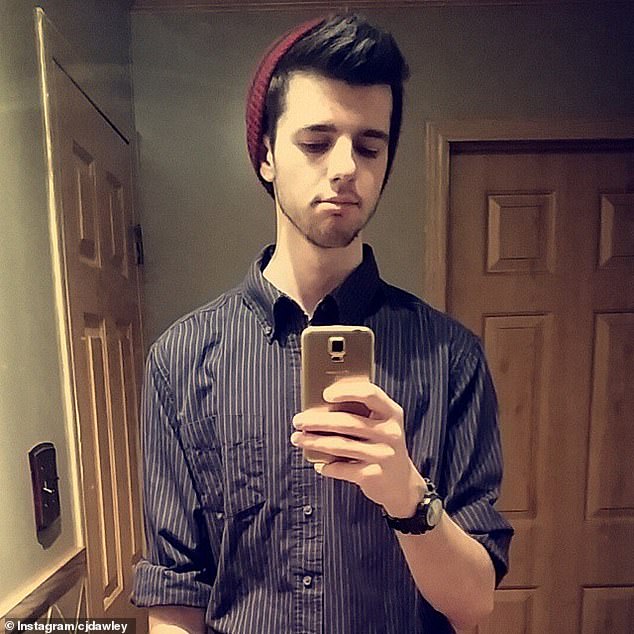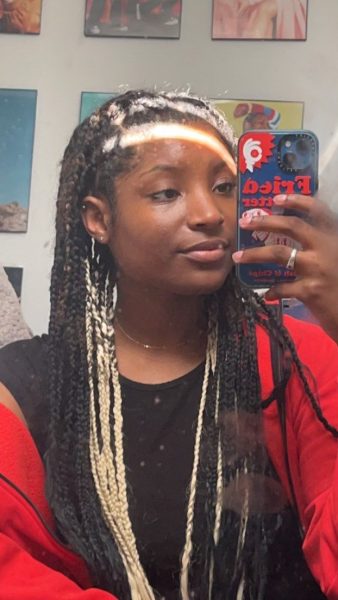Social Media’s Effect on Mental Health
On January 4th, 2015, Christopher James Dawley shot himself. After documenting his life through social media for years with no signs of depression, he’s found dead with his phone still in his hand. He was so attached to his phone and to social media that he spent the last moment of his life on it. By putting everything out there online for everyone to see it becomes easy for others to bully. Companies create apps like Instagram, and Snapchat to make sure users don’t get bored of them. The apps have never-ending scrolling and different content so you are more likely to stay on for longer. Not only do they use strategies to keep platforms, but the companies know how it can cause problems with mental health and body image.
Thousands of people have taken their own lives due to social media, and “CJ” was one of them. His family stated that before the incident he had shown no signs of depression or suicidal thoughts, and when they found him they were in disbelief. Due to CJ’s death, many more families including his own filed many lawsuits against social media platforms like Instagram, Facebook, and Snapchat. Jennifer Mitchel, whose son also took his own life while on/due to social media, is working at the platform to file a lawsuit against Snapchat in hopes of raising awareness among adults about how strongly social media affects their kids. Even though most social media platforms have an age requirement to sign up it’s easy for kids to lie. Because of this, younger kids who don’t fully understand what they’re doing go onto these platforms and can communicate with others way older than them. Selena Rodriguez, an 11- year- old, was bullied at her school after an older man convinced her to send “pictures.” Due to the bullying, she took her own life.
 When trying to hold up the case in court, the struggle is showing how these platforms become addicting. Snapchat and Meta refused to speak on any of these situations and those involved can’t fully get their point across. Social media platforms are a direct way of bullying. Kids do dumb things not thinking anyone will find out or trusting someone just for themselves to be humiliated. It’s so easy nowadays to share things without others knowing and the longer it goes on more situations like CJ’s will continue to happen. Kids and teenagers scroll for hours and hours a day and see things, that might even be fake, but put them into a mindset of wishing they looked like that person, or they wish they had better clothes or makeup…seeing all these people promoting things, that mostly aren’t what they seem, attracts people into the platforms more. The more they see the more that they want to keep looking and it gets to a point where sometimes they think they aren’t good enough. Whether it’s from other people directly telling them through bullying or from looking at others and wishing that was them. These platforms are dangerous to those who aren’t fully aware of what can happen and if the platforms don’t change then parents need to make sure their kids are being safe.
When trying to hold up the case in court, the struggle is showing how these platforms become addicting. Snapchat and Meta refused to speak on any of these situations and those involved can’t fully get their point across. Social media platforms are a direct way of bullying. Kids do dumb things not thinking anyone will find out or trusting someone just for themselves to be humiliated. It’s so easy nowadays to share things without others knowing and the longer it goes on more situations like CJ’s will continue to happen. Kids and teenagers scroll for hours and hours a day and see things, that might even be fake, but put them into a mindset of wishing they looked like that person, or they wish they had better clothes or makeup…seeing all these people promoting things, that mostly aren’t what they seem, attracts people into the platforms more. The more they see the more that they want to keep looking and it gets to a point where sometimes they think they aren’t good enough. Whether it’s from other people directly telling them through bullying or from looking at others and wishing that was them. These platforms are dangerous to those who aren’t fully aware of what can happen and if the platforms don’t change then parents need to make sure their kids are being safe.
But how can these parents protect their children’s lives from the social media that’s posed a threat to them? One way to help your children, but still let them have social media, is by making the most use of the privacy settings on each app. By doing this you can turn off your location and stop others from viewing your account unless you add them as a friend. Another way to prevent cyberbullying is screentime limitations. The less time your child spends on their phones the less likely they are to get cyberbullied. You should still let your kids have social media, but by doing so also make sure they are using these platforms safely and aren’t becoming attached to them.
Work Cited
Murphy, Samantha. “Their teenage children died by suicide. Now these families want to hold social media companies accountable.” CNN, 19 April 2022, https://www.cnn.com/2022/04/19/tech/social-media-lawsuits-teen-suicide/index.html. Accessed 27 April 2023.





